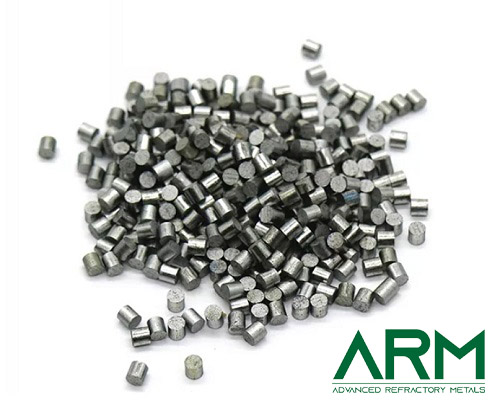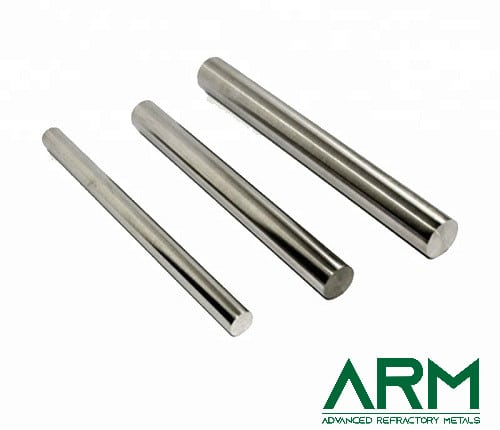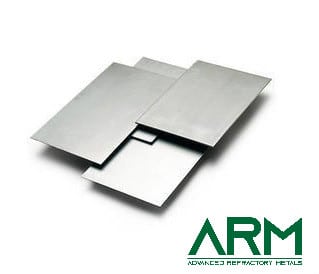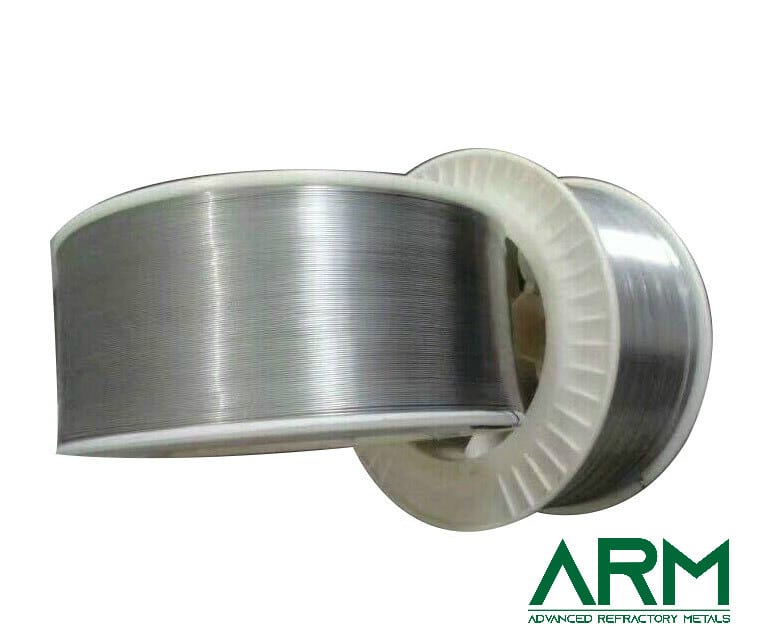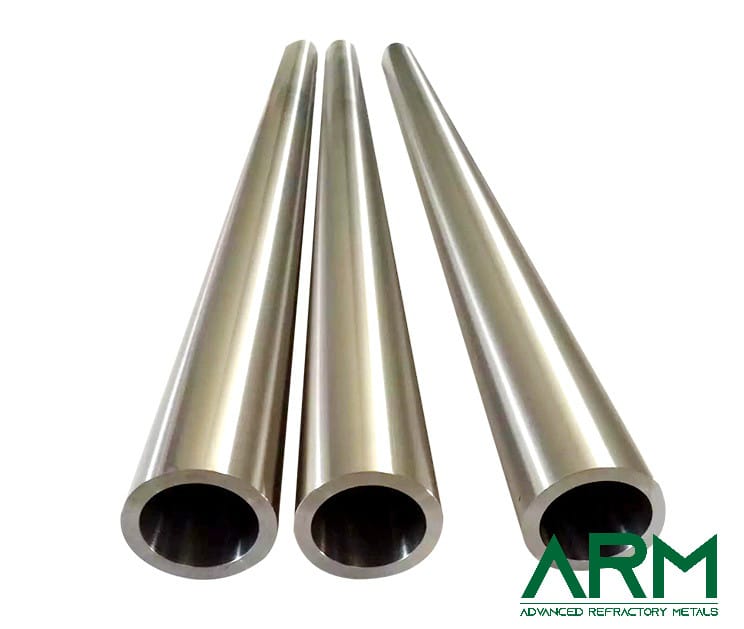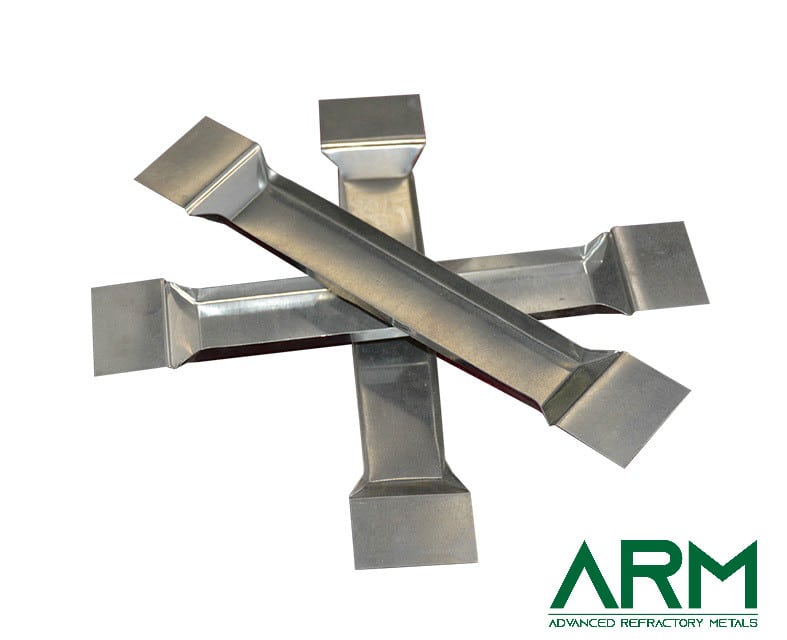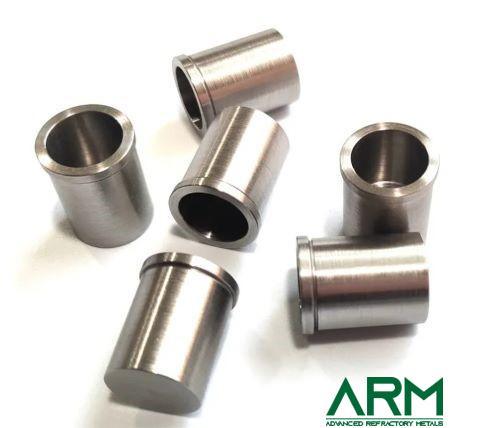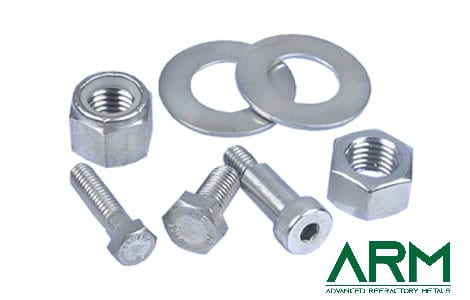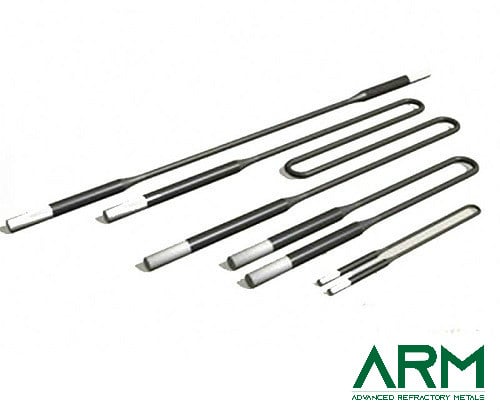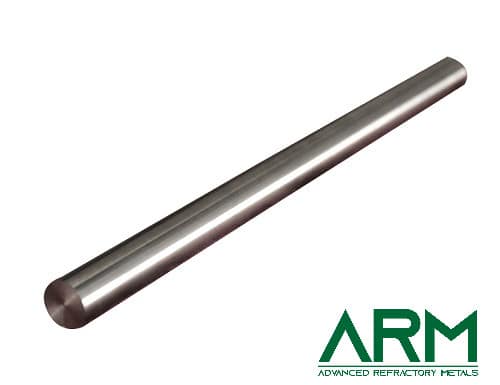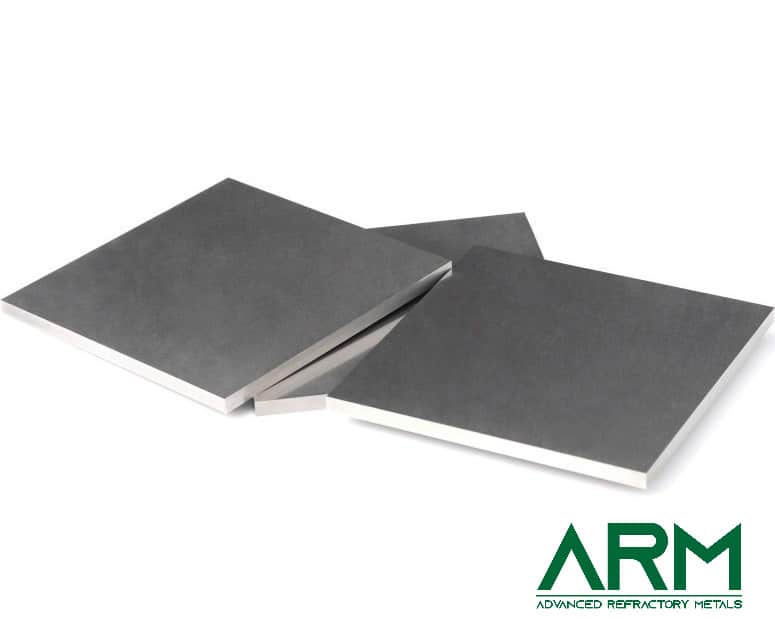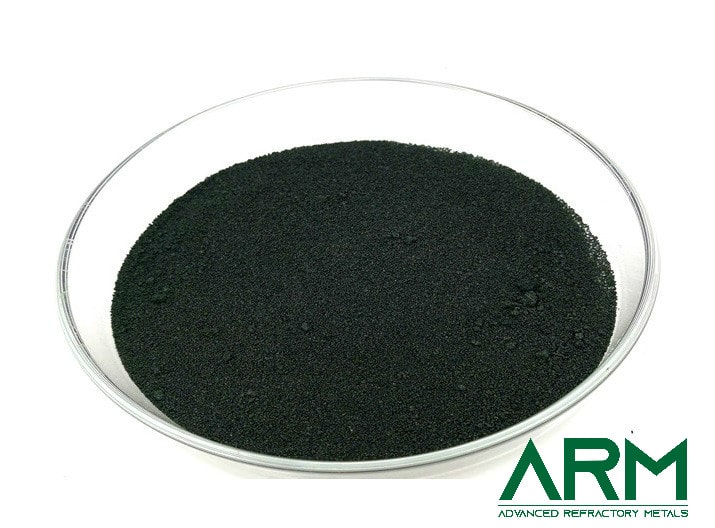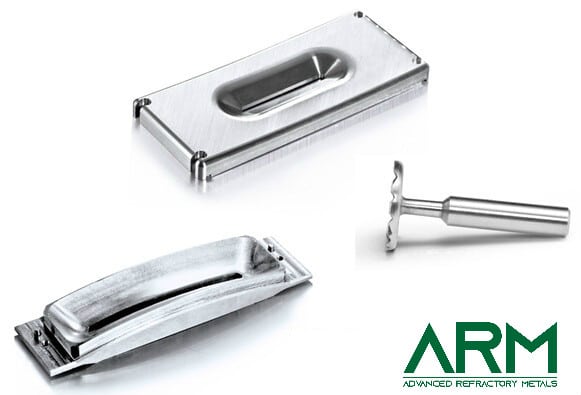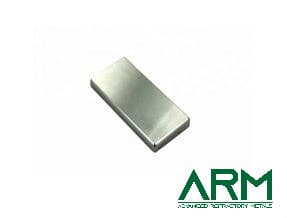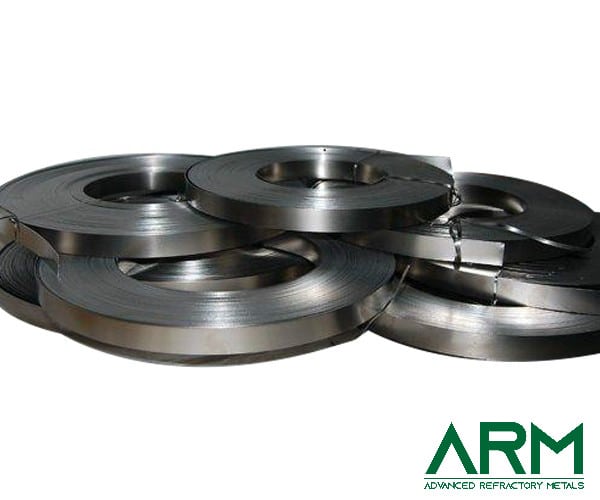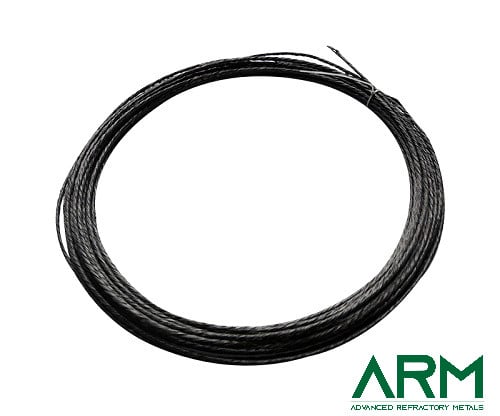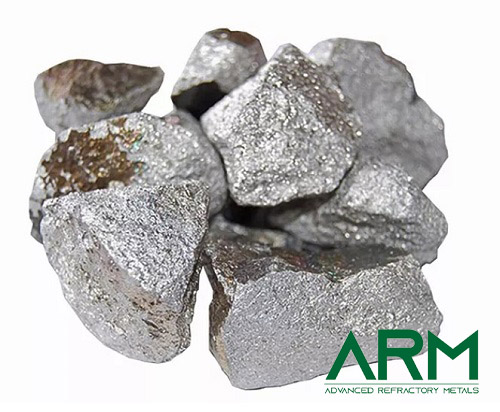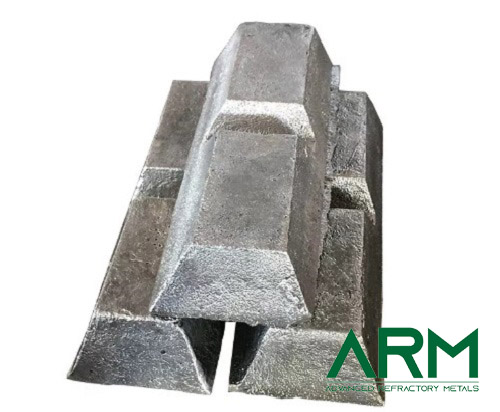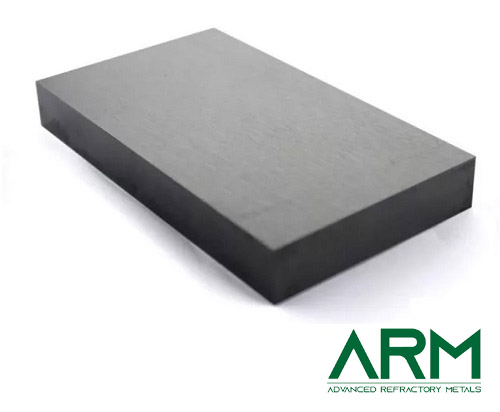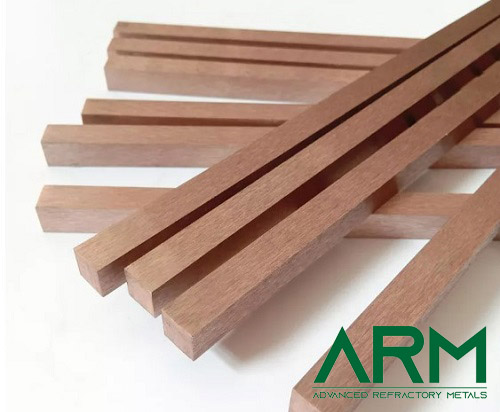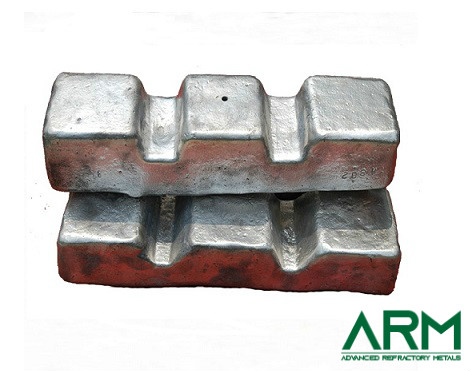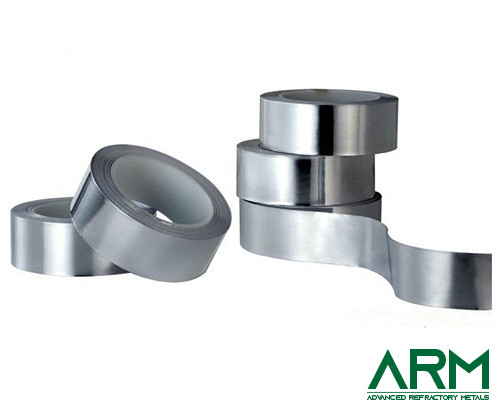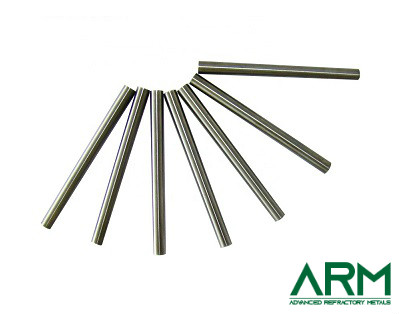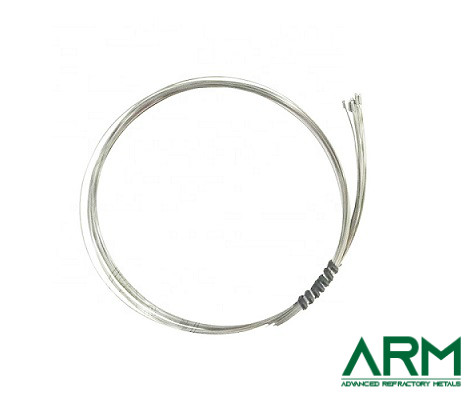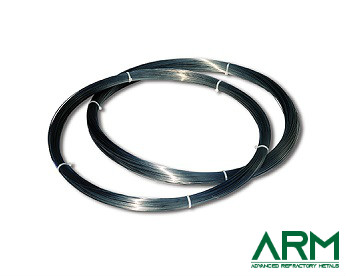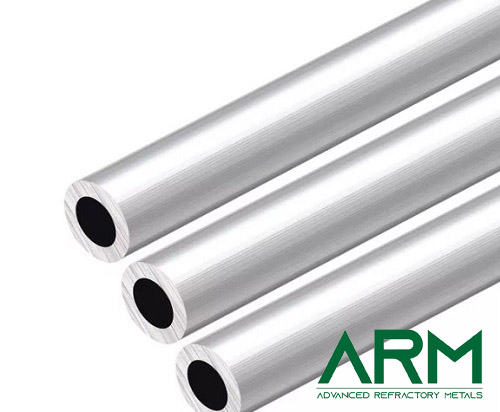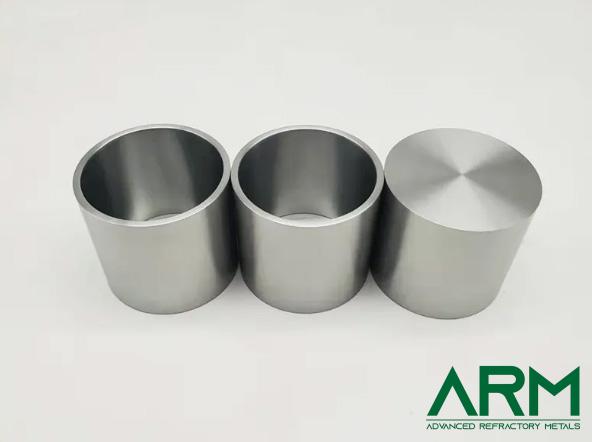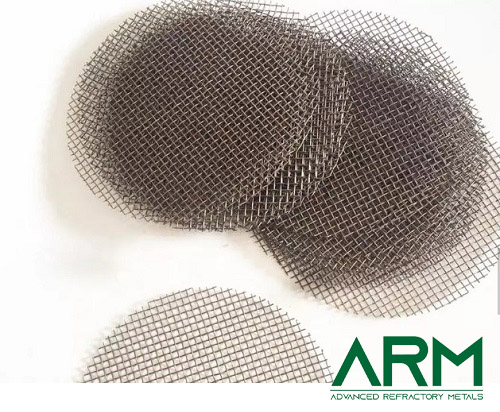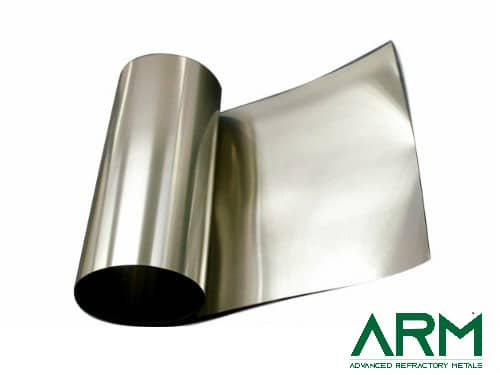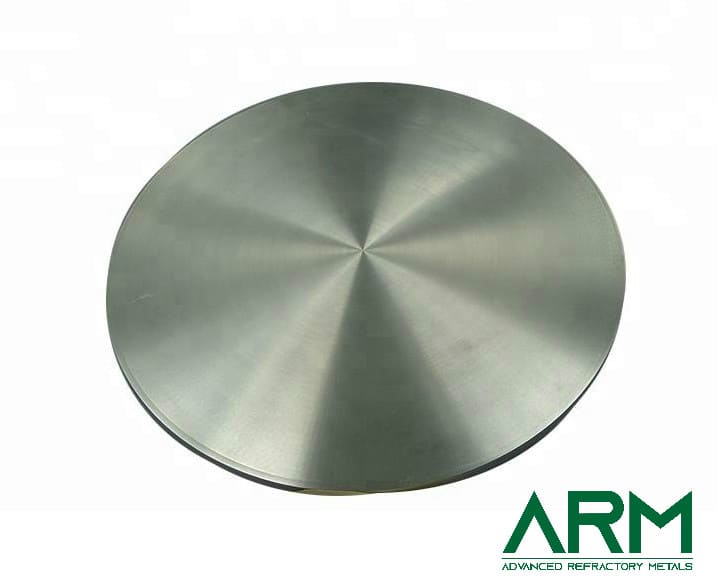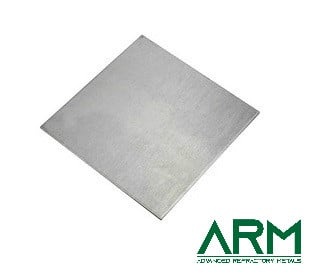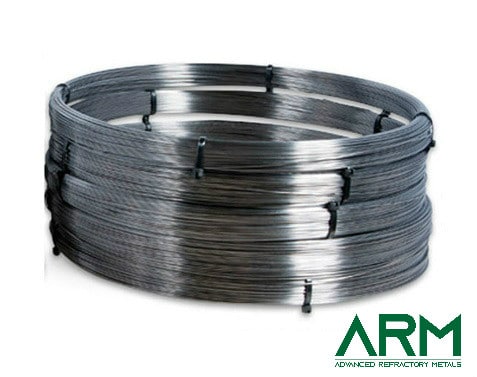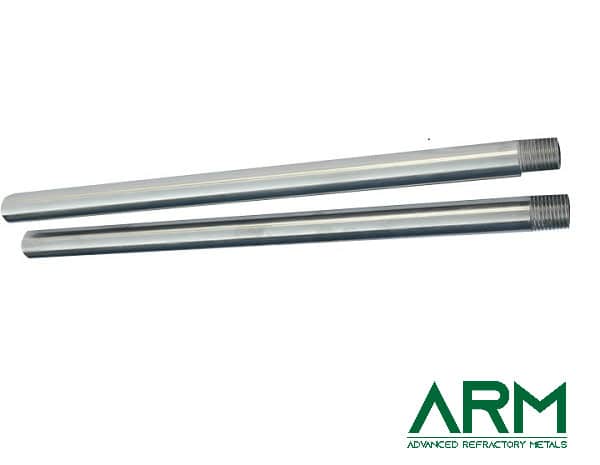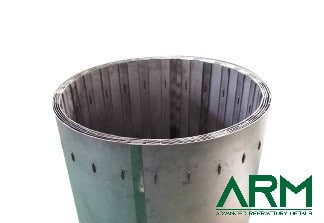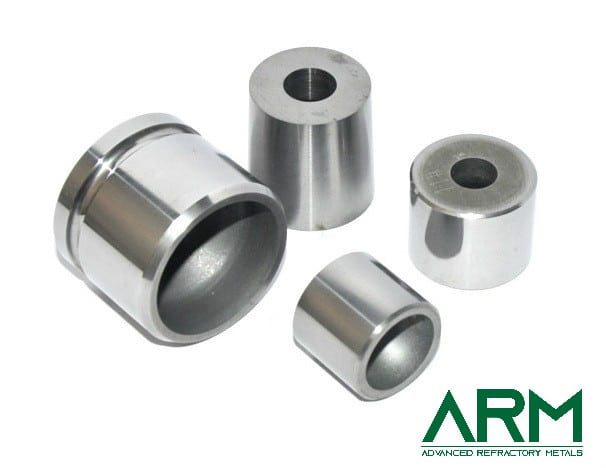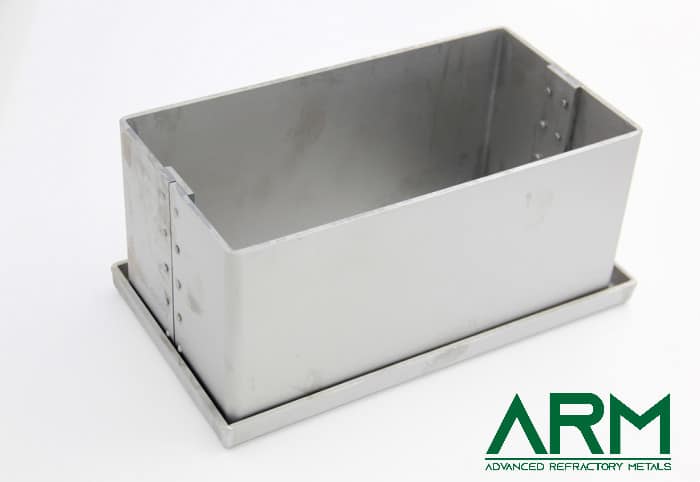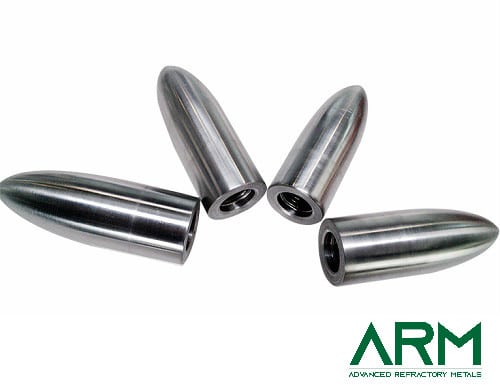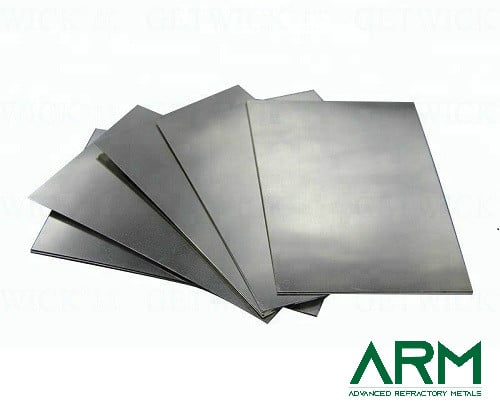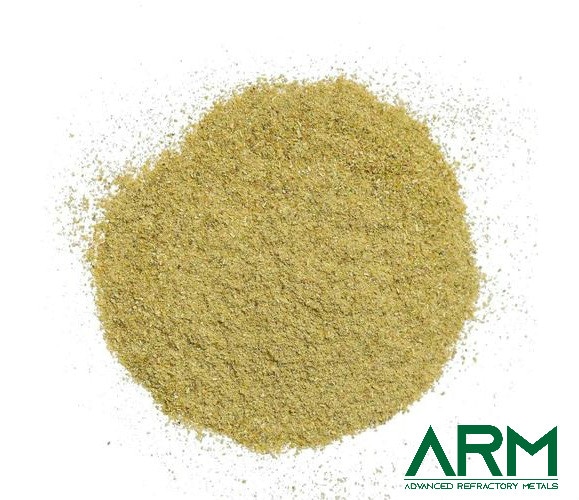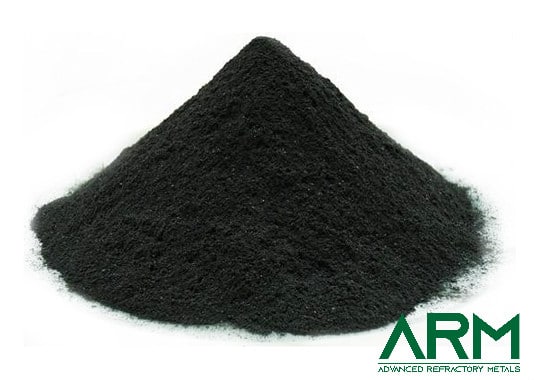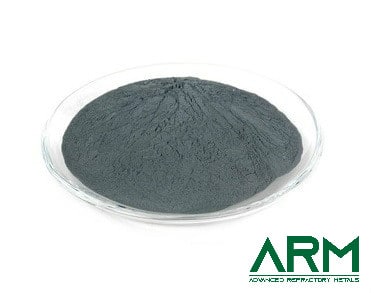MO1789 Molybdenum Pellets (Mo Pellets)
Molybdenum metal is a silvery-white, very hard transition metal, but is softer and more ductile than tungsten. Molybdenum has excellent creep resistance, low resistivity, high corrosion resistance, high thermal conductivity, and low thermal expansion.
Descriptions of Molybdenum Pellets
Molybdenum metal is a silvery-white, very hard transition metal, but is softer and more ductile than tungsten. Molybdenum has excellent creep resistance, low resistivity, high corrosion resistance, high thermal conductivity, and low thermal expansion. It is metallic grey in appearance with a melting point of 2,617°C, a density of 10.2 g/cc, and vapor pressure of 10-4 Torr at 2,117°C. Due to its strength and high melting point, molybdenum is primarily alloyed with other metals to make corrosion-resistant materials and can be found in tools, aircraft parts, and electrical contacts. Molybdenum is evaporated under a vacuum to make advanced displays, semiconductors, and sensors.
Molybdenum Pellets can be used in semiconductors, Chemical Vapor Deposition (CVD), Physical Vapor Deposition (PVD), etc. Stanford Advanced Materials (SAM) specializes in producing high purity uniform-shaped Molybdenum Pellets.
Specifications of Molybdenum Pellets
|
Material Type |
Molybdenum |
|
Symbol |
Mo |
|
Atomic Weight |
95.96 |
|
Atomic Number |
42 |
|
Color/Appearance |
Grey, Metallic |
|
Thermal Conductivity |
139 W/m.K |
|
Melting Point (°C) |
2,617 |
|
Coefficient of Thermal Expansion |
4.8 x 10-6/K |
|
Theoretical Density (g/cc) |
10.2 |
|
Z Ratio |
0.257 |
|
E-Beam |
Excellent |
|
Temp. (°C) for Given Vap. Press. (Torr) |
10-8: 1,592 |
|
Comments |
Films smooth, hard. Careful degas are required. |
Applications of Molybdenum Pellets
• Semiconductor
• Thin Film Deposition
• Chemical Vapor Deposition (CVD)
• Physical Vapor Deposition (PVD)
• Atomic Layer Deposition (ALD)
• Chemical Vapor Deposition (MOCVD)
Packaging of Molybdenum Pellets
Our high purity Molybdenum Pellets are carefully handled to minimize damage during storage and transportation and to preserve the quality of our products in their original condition.
- Your Name (required)
- Your Email (required)
- Company Name (required)
-
Country (required)
United States
- United States
- Afghanistan
- Aland Islands
- Albania
- Algeria
- American Samoa
- Andorra
- Angola
- Anguilla
- Antarctica
- Antigua and Barbuda
- Argentina
- Armenia
- Aruba
- Australia
- Austria
- Azerbaijan
- Bahamas
- Bahrain
- Bangladesh
- Barbados
- Belarus
- Belgium
- Belize
- Benin
- Bermuda
- Bhutan
- Bolivia
- Bosnia and Herzegovina
- Botswana
- Bouvet Island
- Brazil
- British Indian Ocean Territory
- British Virgin Islands
- Brunei
- Bulgaria
- Burkina Faso
- Burundi
- Cambodia
- Cameroon
- Canada
- Cape Verde
- Cayman Islands
- Central African Republic
- Chad
- Chile
- China
- Christmas Island
- Cocos (Keeling) Islands
- Colombia
- Comoros
- Congo
- Cook Islands
- Costa Rica
- Croatia
- Cuba
- Cyprus
- Czech Republic
- Democratic Republic of Congo
- Denmark
- Disputed Territory
- Djibouti
- Dominica
- Dominican Republic
- East Timor
- Ecuador
- Egypt
- El Salvador
- Equatorial Guinea
- Eritrea
- Estonia
- Ethiopia
- Falkland Islands
- Faroe Islands
- Federated States of Micronesia
- Fiji
- Finland
- France
- French Guyana
- French Polynesia
- French Southern Territories
- Gabon
- Gambia
- Georgia
- Germany
- Ghana
- Gibraltar
- Greece
- Greenland
- Grenada
- Guadeloupe
- Guam
- Guatemala
- Guinea
- Guinea-Bissau
- Guyana
- Haiti
- Heard Island and Mcdonald Islands
- Honduras
- Hong Kong
- Hungary
- Iceland
- India
- Indonesia
- Iran
- Iraq
- Iraq-Saudi Arabia Neutral Zone
- Ireland
- Israel
- Italy
- Ivory Coast
- Jamaica
- Japan
- Jordan
- Kazakhstan
- Kenya
- Kiribati
- Kuwait
- Kyrgyzstan
- Laos
- Latvia
- Lebanon
- Lesotho
- Liberia
- Libya
- Liechtenstein
- Lithuania
- Luxembourg
- Macau
- Macedonia
- Madagascar
- Malawi
- Malaysia
- Maldives
- Mali
- Malta
- Marshall Islands
- Martinique
- Mauritania
- Mauritius
- Mayotte
- Mexico
- Moldova
- Monaco
- Mongolia
- Montenegro
- Montserrat
- Morocco
- Mozambique
- Myanmar
- Namibia
- Nauru
- Nepal
- Netherlands Antilles
- Netherlands
- New Caledonia
- New Zealand
- Nicaragua
- Niger
- Nigeria
- Niue
- Norfolk Island
- North Korea
- Northern Mariana Islands
- Norway
- Oman
- Pakistan
- Palau
- Palestinian Territories
- Panama
- Papua New Guinea
- Paraguay
- Peru
- Philippines
- Pitcairn Islands
- Poland
- Portugal
- Puerto Rico
- Qatar
- Reunion
- Romania
- Russia
- Rwanda
- Saint Helena and Dependencies
- Saint Kitts and Nevis
- Saint Lucia
- Saint Pierre and Miquelon
- Saint Vincent and the Grenadines
- Samoa
- San Marino
- Sao Tome and Principe
- Saudi Arabia
- Senegal
- Serbia
- Seychelles
- Sierra Leone
- Singapore
- Slovakia
- Slovenia
- Solomon Islands
- Somalia
- South Africa
- South Georgia and South Sandwich Islands
- South Korea
- Spain
- Spratly Islands
- Sri Lanka
- Sudan
- Suriname
- Svalbard and Jan Mayen
- Swaziland
- Sweden
- Switzerland
- Syria
- Taiwan
- Tajikistan
- Tanzania
- Thailand
- Togo
- Tokelau
- Tonga
- Trinidad and Tobago
- Tunisia
- Turkey
- Turkmenistan
- Turks And Caicos Islands
- Tuvalu
- US Virgin Islands
- Uganda
- Ukraine
- United Arab Emirates
- United Kingdom
- United States
- United States Minor Outlying Islands
- Uruguay
- Uzbekistan
- Vanuatu
- Vatican City
- Venezuela
- Vietnam
- Wallis and Futuna
- Western Sahara
- Yemen
- Zambia
- Zimbabwe
- Your Phone (Optional)
-
Metals (Optional)
Tantalum...
-
I would like to join the mailing list to receive updates from Advanced Refractory Metals.
- Notes (Optional)
-
Attachment (Optional)
No file chosen
-







